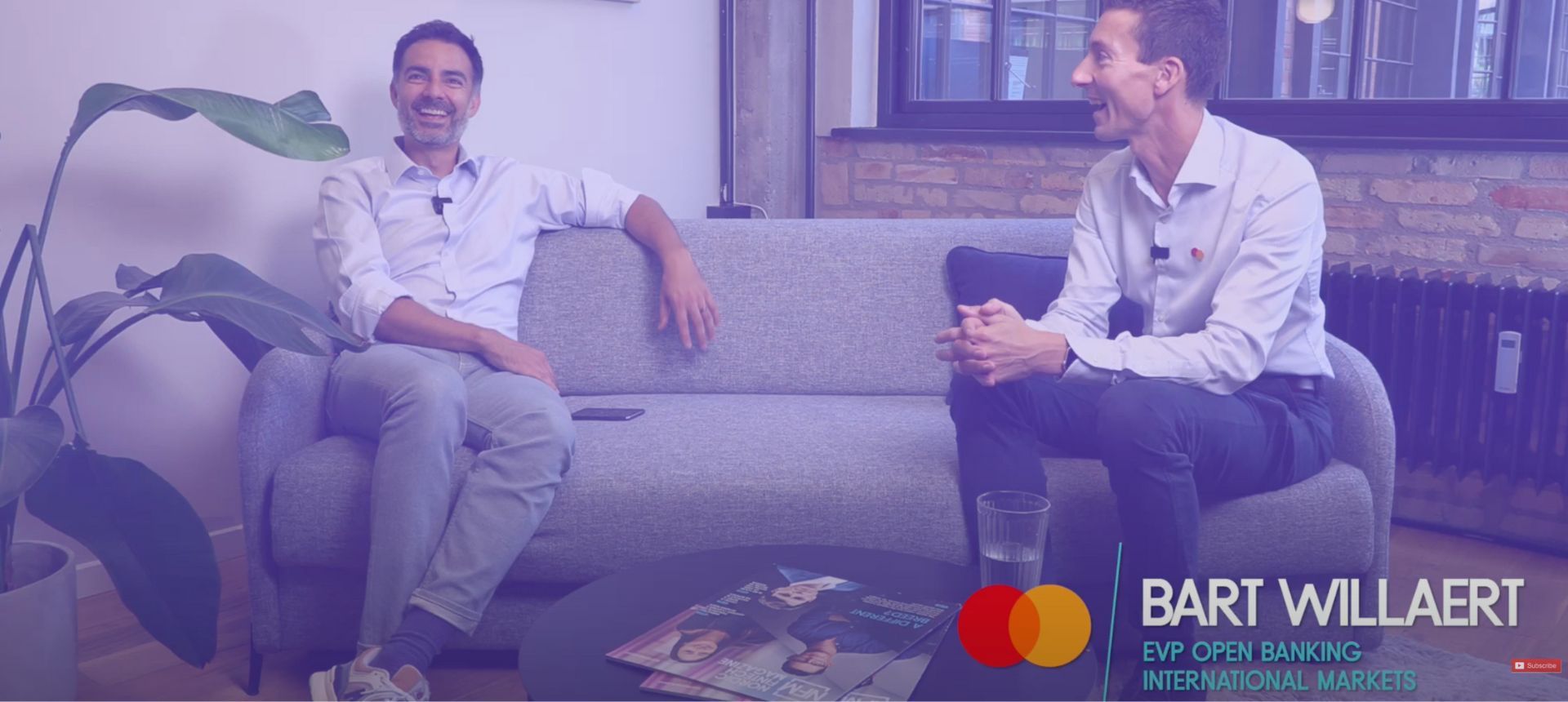
The API-AI-I journey: A standard interface is getting personal
October 15, 2020 | News
Developing convenient services being a difficult task is an irony not lost on Nordic API Gateway CEO, Rune Mai. He spent over a year discussing with friends and colleagues why there wasn’t an easy-to-use tool that could help people manage their money in a digital world without it being a tedious, manual process. The result was the development of the first Nordic account aggregator. That was ten years ago...
Soon customers were asking for more automated processes when updating their data. Rune thought: Why not? So he started asking around. What he found baffled him. Banks perceived customer transactions and account data as their property while the customers believed that ownership of their personal data belonged to them. A debate ensued with Rune taking the side of the individual, that data belonged to them while the banks only had the authority to process said data. Soon after, he launched Nordic API Gateway.
Fast forward to today. Nordic API Gateway’s mission is more clear than ever: Deliver a standardised, fully connected API for all that harnesses the power of AI automation to provide a more personalised, enjoyable experience for the individual. Rune recently answered some questions on how his vision to develop “one API to serve them all” is becoming a reality.
First of all, what does it mean when you talk about “one standardised API” for thousands of personal and business accounts?
Right, let’s take the electricity analogy. Think about plugging your computer in when you’re sitting in the UK or the US compared to when you’re sitting in Denmark (Europe). You’d think it’d be very easy to just have a one-size-fits-all plug. But in reality, it takes a different plug for each country. You have to change the factory, the power grid, how you work with all the appliances and so on. And it’s really hard to do because there are a lot of different standards that actually enable companies to build adapters. That’s kind of like the business we’re in: We’re in the process of building one big adapter for all European banks so that they don’t have to.

You say you’re in the process of building a standardised API for all European banks. How close are you to making that happen?
We’re aiming to deliver this advantage to banks all across Europe by the summer of 2021. The reason why we say that is because our individual market approach prohibits us from leaving a particular market until we can ensure full market coverage. That means more than 95% of the population - nearly all banks, all accounts, even card companies that have an account - they all should be able to build a solution that works on the rails we provide. In other words, our customers are building “trains” (solutions) that operate on the rails (services) we offer. We want to make sure that the passengers (end users) riding these trains experience a sturdy, smooth and pleasant journey/experience.
So what are some open banking opportunities for end users with regard to the data that’s travelling on these rails you mentioned?
Open banking is part of a major movement that’s been growing for the last two decades, where the data we generate worldwide has exploded. And this trend has been growing exponentially year on year. This of course means that consumers are bombarded with information and are forced to make decisions. But consumers don’t normally want to spend a lot of time making those decisions; in the end they just want something that makes it easy for them to make a choice. In a world where everything is competing for our attention, it’s important that the data being generated by those services gives us back our personalisation. So, in reality, what we do is open up the world of banking in order to provide services that help consumers and business owners make better, more convenient choices. We also offer direct account payments, which are much more transparent and fair than if you do it with a card system where a lot of intermediaries are taking part in that journey … and taking a large cut of the transaction itself.
What business areas do you see undergoing transformations due to this data explosion brought on by open banking?
We’re seeing that it’s a natural fit for the accounting space to be working with open banking because accounting systems are always working with transactions - reiterating back and forth between web banks to pay the bills, to retrieve CSV files, to do reconciliations. Today, all this can be automated, either by the bank or accounting system itself, through one interface. So we’re seeing a massive transformation in this space, where accounting systems are becoming more transaction focused rather than bookkeeping focused. The same goes for personal finance management (PFM) services: Instead of just telling you how you spent your money, they’re using data to predict how you’re going to spend your money and how you can change your spending behaviour for the better.
How are you seeing the incumbent banks react to open banking?
People sometimes think that banks are just serving up data that others can fetch and build competitive services around. When, in reality, what we’re seeing is that banks themselves are using this newly accessible data to gain a competitive edge in the market. So it’s actually the banks that are becoming the most active third-party providers within open banking.
You talked about an "individual market approach". Can explain a bit more about what that means and why you take your time understanding one market before moving on to another?
You won’t find us moving into Spain, France and Italy at the same time because if the rails we build aren’t matured enough to meet our standard of quality, then we end up with a lot of customer requests. That means a lot more work for us in the long run - going back to talk to the individual FSAs, going back to the banks to help them improve their interfaces, etc. - we end up stretching ourselves too thin too fast. So we might get the contract, but in the end we'd just be leaving a trail of churning customers behind. When we enter a market, we usually do it with a strong partner who has earned solid market trust and who's going to use our service from day one, so we can mature the market to the quality we need. We do our homework and it pays off. In less than a year, we intend to make our API available for customers all over Europe to use the way they want to and on their terms. It's an ambitious endeavour, but that’s our goal.
To find out how you can start using our API on your terms, get in touch with our Sales team.




